After the Palestinian fighters left Lebanon, the Phalangists had their opportunity to take revenge on old people, women and children. I have a lot of Palestinian friends, some artists and writers, and I knew those camps. Within two days, up to 3,500 people were killed. So this work had a moral side: to defend unarmed people with no voice.’ Dia Al-Azzawi (b. 1939) is talking about his huge ink and wax-crayon drawing, Sabra and Shatila Massacre 1982–3 (1982–83), which, since Tate acquired it in 2014, has become one of his best-known works. It is, unsurprisingly, a sombre piece – executed almost entirely in monochrome with occasional touches of brown and red, the latter perhaps standing for blood.
Outright horror, however, is kept at a distance. Outstretched, imploring hands, open mouths, and fixed bayonets can be seen, but the whole image is rendered in a manner derived from cubism – the forms flattened, jagged, and schematised in a shallow black space, crammed with suffering. Al-Azzawi’s colossal image – 3 metres by 7 – stands in a tradition that contains not only Guernica, but also Manet’s Execution of the Emperor Maximilian and Goya’s Third of May 1808. This is not a work of documentary realism or political propaganda, but a meditation on tragedy and death.
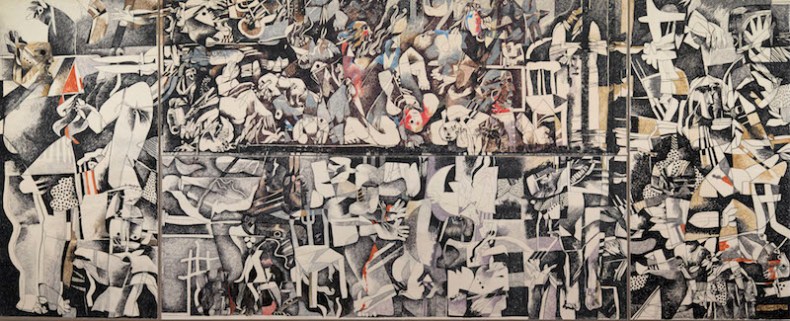
Sabra and Shatila Massacre 1982–83 (1982–83), Dia Al-Azzawi. Tate, London. Courtesy Tate, London; © Dia Al-Azzawi
Al-Azzawi comes from a country, Iraq, which has known a great deal of both, for a very long time. He is one of the most renowned contemporary artists in the Arab world. This autumn, his work is the subject of a major retrospective exhibition in Doha at Mathaf: Arab Museum of Modern Art and at Al Riwaq. This will contain over 500 works, including artists’ books, as well as painting, sculpture, and works on paper. The exhibition’s subtitle, ‘from 1963 until tomorrow’, gives an idea of Al-Azzawi’s continuing artistic energy over more than half a century.
Understandably, the disasters that have overtaken Iraq and much of the wider region have played a part in Al-Azzawi’s work. In the 1990s, after the first Gulf War, he began a series to which he gave the title Bilad Al-Sawad. In Arabic Bilad means land, as in Bilad Al-Sham or ‘land of Syria’. Iraq, Al-Azzawi explains to me, is often called ‘the fertile land’ because of its favourable position between the two great rivers, the Tigris and the Euphrates. But he dubbed it ‘the black land’ instead, he explains, to portray it as ‘the country of tragedy, rather than of the fantastic wealth it should have from the oil, water and earth’. Al-Azzawi continues, ‘The whole of Iraq has changed for the worse, and will go on getting worse and worse. I have tried in a way to be a witness of this, but not a neutral witness. I made a large painting called Mission Destruction, which for me is what happened in 2003, rather than giving us a chance to use the wealth of the country to have a better life.’
It would be wrong, though, to conclude that Al-Azzawi is wholly preoccupied with the cataclysms of recent history. His work is also filled, quite literally, with poetry. As soon as we sit down to talk in his north-west London studio he brings out examples of the beautiful books he has been making since 1989, which are also close to the French tradition of the livre d’artiste. These, rather than being illustrations of the poems in question by contemporary Middle Eastern poets, are intended as parallels in visual terms (with calligraphy also by Al-Azzawi). ‘I prefer to listen to the poem rather than read it,’ he explains. ‘That way I feel I have more freedom not to associate with the text very much.’
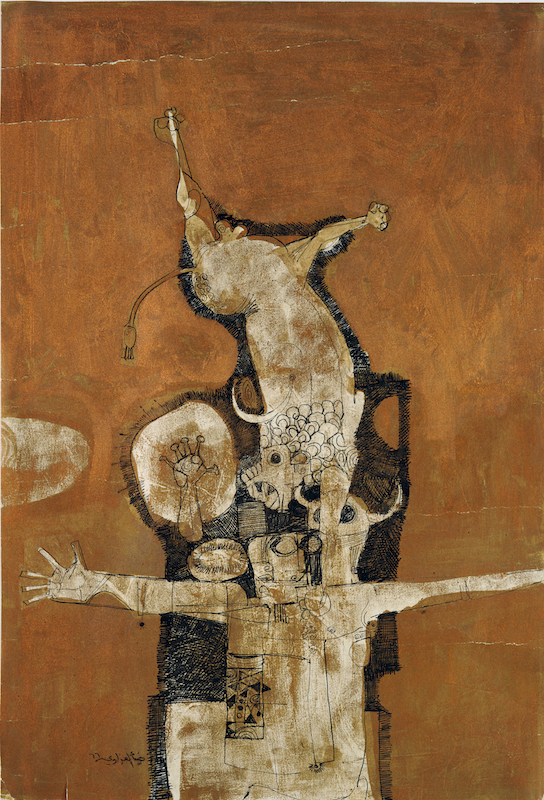
Gilgamesh I (1966), Dia Al-Azzawi. Courtesy Mathaf; © Dia Al-Azzawi
One of the themes running through Al-Azzawi’s art is his sense of the past. Among his poetic sources is the Epic of Gilgamesh, which dates from around 2100 BC and is often regarded as the first masterpiece of world literature. ‘It is really fantastic,’ Al-Azzawi says, ‘because of the way it expresses the human being’s fear of death, which can apply to anyone.’ The message of the poem, which predates Homer by well over a millennium, is dark. Its hero undertakes a long and difficult journey to find the secret of eternal life, only to learn that: ‘Life, which you look for, you will never find. For when the gods created man, they let death be his share, and life withheld in their own hands.’
The visual language of Al-Azzawi’s work is clearly related to Western modernism, even though his subject matter and imagery may be drawn from ancient Mesopotamia. In 2014, some of his work appeared in an exhibition in Barcelona, entitled ‘Post-Picasso: Contemporary Reactions’ – a series of engravings based on Jean Genet’s eye-witness account of the Sabra and Shatila atrocities.
The connection with Picasso is not hard to see, but there are many others. It has been suggested that what he and his contemporaries have done mirrors Matisse’s journey to Morocco, but in the other direction. The great Frenchman refreshed his art through his experience of the light, colour, and shapes of the Islamic world; Al-Azzawi has found ways to express his own culture and experiences through the idiom of Matisse, Picasso, and their followers. He is happy to acknowledge, for example, that he might have been affected by Francis Bacon. ‘For me this is not something negative at all. The challenge which faces me is how to create something that is related to me, although definitely influenced by various artists. Even now after so many years, I am still trying to make something that can be accepted by others, not only by those from the Arab world.’ When people see some Arabic characters on a picture, he points out, they tend to assume it is a piece of Arab art. In fact it might be inspired by a wide range of sources.
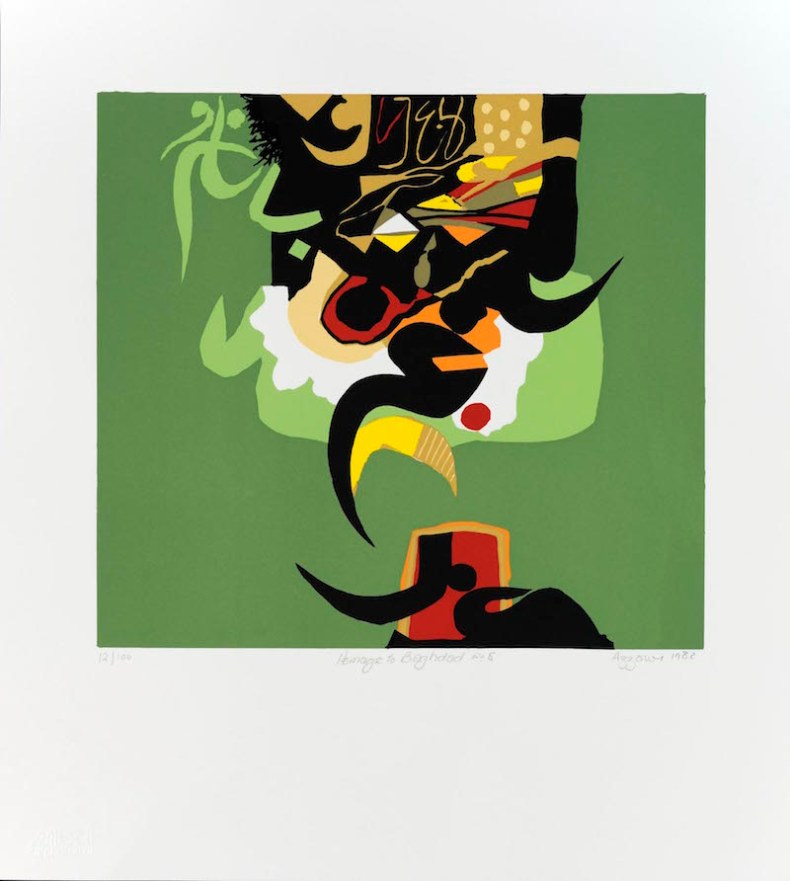
Homage to Baghdad (1982), Dia Al-Azzawi. Courtesy Mathaf; © Dia Al-Azzawi
Al-Azzawi was born in Baghdad in 1939. ‘It was a completely different country in those days,’ he says. ‘Until 1958 it was still a monarchy.’ In 1956, he met Faisal II, the last king of Iraq, who came to his school. Two years later, King Faisal was deposed by a group of military officers. ‘It was after that we started to have problems – another coup, then a second revolution – and ended up in all the chaos we have now.’
From an early age, Al-Azzawi liked to draw on paper. At the University of Baghdad he studied archaeology, but there was also a studio there run by Hafidh Al-Droubi, one of the founders of Arab modernist painting. ‘He encouraged me to work in oil rather than gouaches and watercolour. He also opened the artistic scene to me, suggesting I went to exhibitions and asked me to join his group, which was called the Impressionists, which I didn’t really feel I had anything to do with.’
After university, Al-Azzawi worked for the Department of Antiquities. Part of his job was to arrange museum displays of objects such as those looted in Baghdad after the invasion of 2003, or recently vandalised in Mosul. This acquaintance with ancient artefacts found its way into his art. ‘For ten years I did a lot of work which was very much affected by the Sumerians, mainly Sumerian sculptures.’ It was at this time that he began to make images related to Gilgamesh; One Thousand and One Nights was another source. ‘I tried to put together all sorts of influences from antiquity, folklore and Islamic civilisation […] to create a sort of identity for myself.’
All these elements were filtered through the idiom of Western avant-garde art, of which there were no examples on view in Iraq. ‘We only talked about what we saw in magazines; we weren’t that aware unlike artists in, for example, Lebanon, which was more open to European influences. I used to buy a magazine called Studio International, and also we could see some books about art in the American Cultural Centre although most of the books were about Old Masters. From the mid 1960s we had a new Museum of Modern Art, which was funded by the Gulbenkian Foundation, and Gulbenkian himself showed part of his collection in it, which was mainly American work. Before I had had no idea about that sort of thing, I hadn’t seen any Western modern art in the original.’
In 1969, in the aftermath of the 1967 Arab-Israeli war, Al-Azzawi wrote a manifesto, The New Vision, calling for art to relate more directly to politics. This however proved increasingly difficult in Iraq, which was by then governed by the Ba’ath Party. ‘In Iraq when you finished university you had to join the army as a reservist. I did three terms of duty, and the last one was very hard for me. I was in the north of the country when the army was fighting the Kurds. And like many Iraqis I had numerous friends on the other side.’ This experience led him to make a series of paintings, many of which will be on show at Doha, entitled Human States.
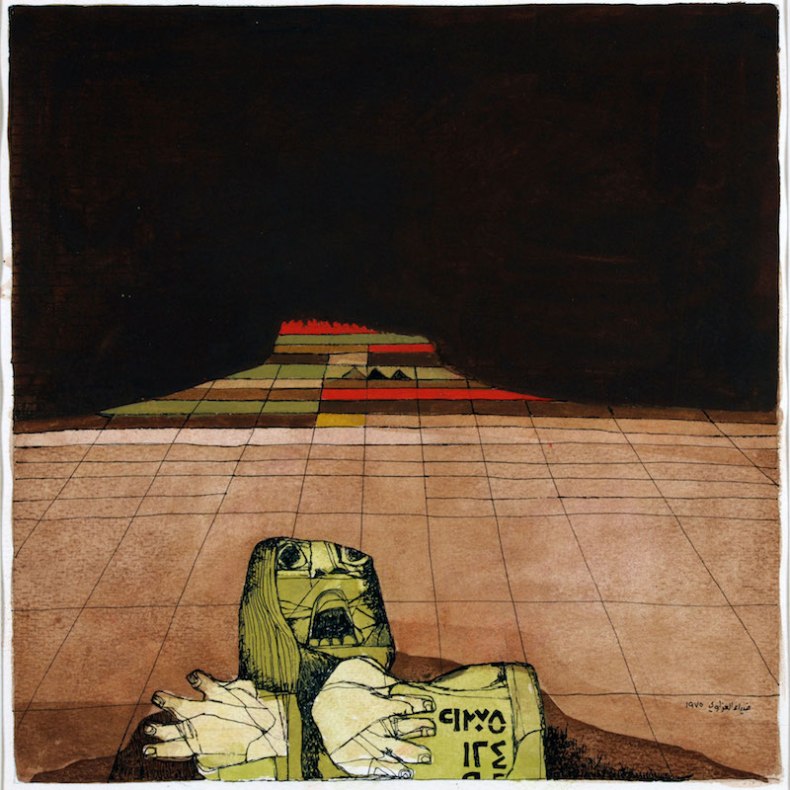
Untitled IX from Human State series (1975), Dia Al-Azzawi. Private collection; © Dia Al-Azzawi
‘In 1975, when I came back I had an exhibition and the minister of culture came to the opening but it was very obvious that things were going wrong. It became very clear that the government was becoming a one-party state. They started having a Party exhibition every year, in which they forced people to participate, if you didn’t you were an opponent. At the time, I said, “No way, I don’t want to be part of this exhibition.” So I thought the best thing to do was to leave.’ Al-Azzawi got permission to study abroad, and moved to London in 1976 where he worked for the Iraqi Cultural Centre. In 1980 he returned to Baghdad – as it turned out for the last time. ‘I went back on a short visit to see my family, but within two days of my arriving the Iran–Iraq war started.’ Since this raised the possibility that he would once more be obliged to do military service, he explains, ‘I stayed there four days and then I was off.’ He has frequently said that he never intends to return.
Even before his departure, Al-Azzawi had come to see himself less as an Iraqi artist, and more as one from the wider Middle East. ‘I felt I was more connected in a way with Arab art. When I had my first exhibition in Baghdad in 1964, Yusuf Al-Khal, a poet from Lebanon who had a gallery in Beirut came on a visit to Baghdad. He liked the exhibition, so he invited me to exhibit my work in Beirut. From that time I showed both in Baghdad and Lebanon.
‘Also I had an opportunity to go to Kuwait, then in the ’60s those were the only two places where people collected work from the entire Arab world, rather than from a particular country. Now that’s very fashionable, a lot of collectors do that, but in those days most people were interested solely in art from Egypt, or Iraq, etc. Now the art scene has changed also here in London. The Tate for example has become more open to others, not only Europeans and Americans. They are more open.’
Al-Azzawi could almost be seen as part of the School of London, since he has been resident in the city for over half his life. But that is not quite how he sees it. ‘I came here, I work, I pay tax, enjoy myself in a normal way. So I’m not an outsider here, but I like to keep very much in contact with Arab countries. In that sense I feel I’m very lucky to live in a country that gives me the freedom to do what I want – especially when I compare myself to my generation of Iraqi artists.’ Perhaps, rather than connecting him with any single tradition, it’s better to see him as part of a phenomenon that museums such as Tate Modern are now addressing: global contemporary art.
‘Dia Al-Azzawi: a Retrospective (from 1963 until tomorrow)’ is at Mathaf: Arab Museum of Modern Art until 16 April 2017 and Al Riwaq, Doha, until 16 April 2017.
Unlimited access from just $16 every 3 months
Subscribe to get unlimited and exclusive access to the top art stories, interviews and exhibition reviews.

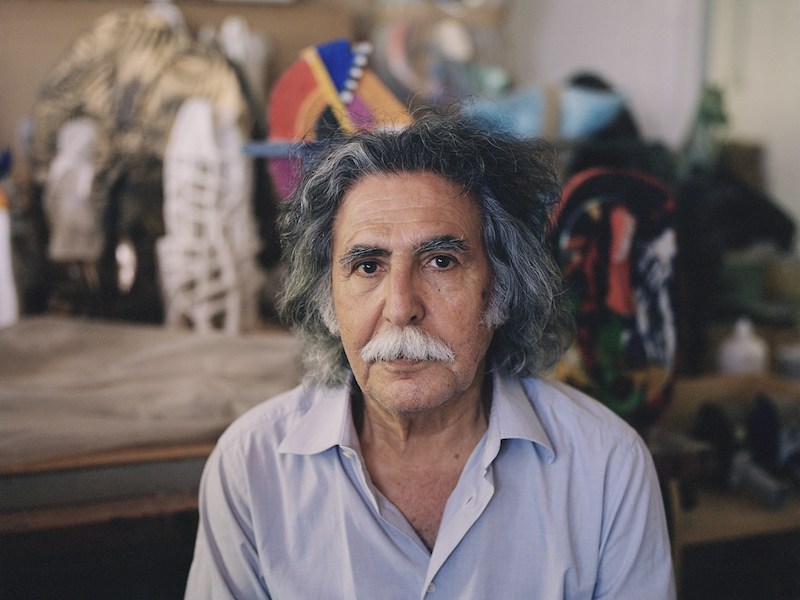
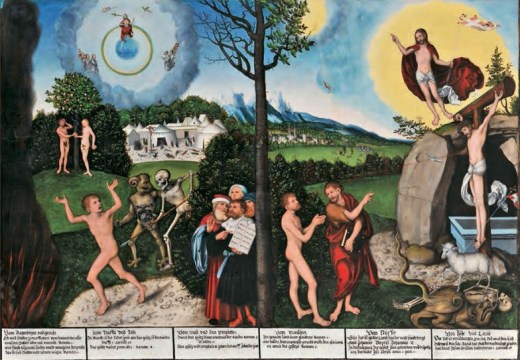
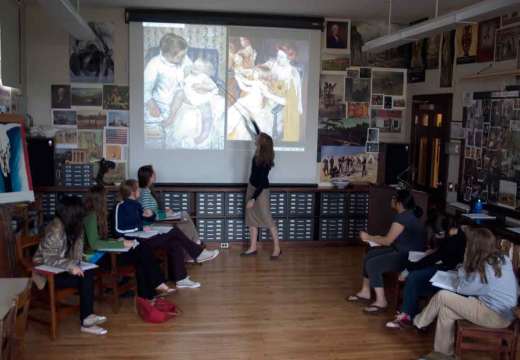
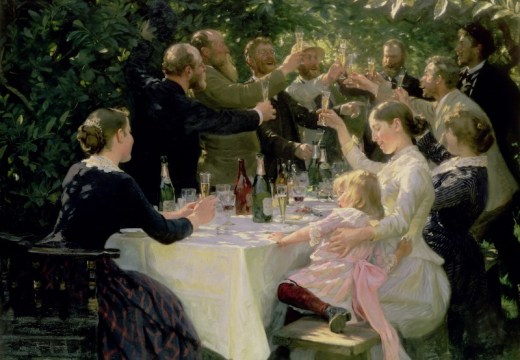









![Masterpiece [Re]discovery 2022. Photo: Ben Fisher Photography, courtesy of Masterpiece London](http://www.apollo-magazine.com/wp-content/uploads/2022/07/MPL2022_4263.jpg)
It’s time for the government of London to return to its rightful home